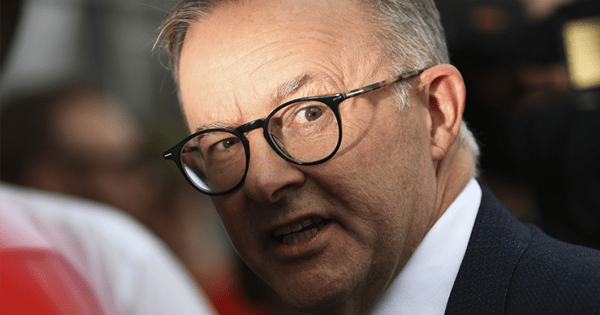Is it true there are only three journalists left of the 60 who were there when editor Michael Stevens took over the helm of The Canberra Times
three years ago? That’s just one of the claims made by a Crikey tipster
who paints a pretty bleak picture of life and times at the paper.
For
starters, the circulation figures are appalling, he says, with drops of
3.8% weekdays, 3.2% Saturdays, and 2.7% Sundays: “The worst for any
major metrop in Australia.” About the “only good thing Stevens can
claim is each edition of The Canberra Times is being read by even more and more public servants as even fewer and fewer actually buy the paper!” (The figures can be seen here – The Times‘s figures are indeed the worst, but drops at the SMH are similar: 2.9% weekdays, 3.5% Saturday, and 2.0% Sundays).
More
worryingly, all the older journalists have left, says the tipster,
“replaced by young, inexperienced and shamelessly sycophantic cadets
from Rural Press’s stable of suburban and country titles … And it
shows in the sheer lack of any quality in the rag these days.”
While
one of our inside sources says it’s “definitely, definitely not” true
that only three of the 60 staff remain, it’s a “salient point” that
staff are younger and less experienced. Has the quality of the paper
dropped for this reason? A hesitating, but firm “yes.”
There
aren’t many old hands left, another insider tells Crikey. In fact,
turnover and “generational change” has been such that journalists don’t
even know each other despite working on the same floor. Why the shift?
Younger labour means cheaper labour, so as older hands with large
salaries have left, they’ve been steadily replaced with younger journos
from within the Rural Press stable. The downside: They don’t know
Canberra and they don’t understand its very particular demographic.
Rural Press, which bought The Canberra Times in
1998, are “penny-pinching b*stards” from what I’ve heard, says one
source. They’re definitely tight with money, says an insider. The
travel budgets are “practically zilch” which makes things very
difficult for political reporters. But maybe it’s all part of
Rural Press’s grand plan for the paper. Their philosophy, as put into
practice by Michael Stevens who is very much “Rural Press’s man,” is to
dig into the local community, says the insider – because that’s where
the advertising base is.
But another insider disputes the
financial stinginess, saying that Rural Press has “always been quite
willing to fork out” the money for political reporters, and during
election time, Canberra Times‘s journos “travel with the best of them.” Meanwhile, the paper is “not nearly as dysfunctional as people portray.”
Whatever the case, Stevens certainly divides The Times‘s
community. And there’s been some “pretty intense concern at senior
levels of Rural Press” about angst and faction-fighting within the
paper. Stevens has had enormous problems with staff – it’s all “pretty
poisonous stuff” – but when it comes to the crunch, Rural stands by its
editor. Some “can’t stand him,” says an insider, while others respect
his decisiveness. And he’s certainly “full of ideas.”
We tried
to contact Stevens for his response, but he was out of the office, as
was editor-in-chief Jack Waterford, who was off being Principal for a
Day.







Crikey is committed to hosting lively discussions. Help us keep the conversation useful, interesting and welcoming. We aim to publish comments quickly in the interest of promoting robust conversation, but we’re a small team and we deploy filters to protect against legal risk. Occasionally your comment may be held up while we review, but we’re working as fast as we can to keep the conversation rolling.
The Crikey comment section is members-only content. Please subscribe to leave a comment.
The Crikey comment section is members-only content. Please login to leave a comment.